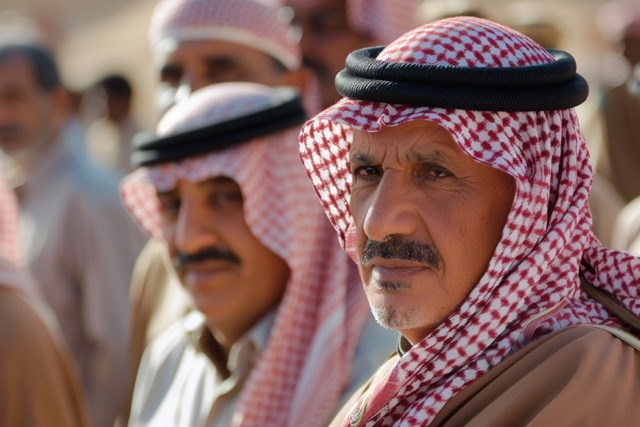Artistic Exploration at Diriyah Art Biennale
DUBAI: Dive into the mesmerizing world of Saudi-born artist Dana Awartani at the Diriyah Art Biennale. Awartani, of Palestinian heritage, has crafted a dreamy, ethereal series of 10 silk fabrics in earthy hues of ochre, reds, and greens. These fabrics are placed on wooden frames, mounted on the wall as overlapping, semitransparent panels.
The installation, titled “Come, Let Me Heal Your Wounds,” is a result of Awartani’s exploration into Ayurvedic dyeing techniques with alleged healing properties. Collaborating with artisans in Kerala, India, she created this unique work.
Awartani’s project also sheds light on 355 cultural sites that have been destroyed due to conflict and violence in various countries since 2010. Each location is marked with a tear in the silk, forming an intuitive map of loss. The artist then repairs the fabric with the help of local craftspeople, symbolizing the mending of heritage and culture.
Awartani’s work serves as a poignant plea to safeguard ancient monuments and Arab culture in the face of fragility. She aims to address the erasure of history in conflict-ridden regions and uses her traditional arts training to spark conversations about relevant issues.
Preserving Heritage Through Art
Awartani’s diverse body of work, spanning mediums like drawing, painting, textiles, installations, and film, draws inspiration from Islamic art’s rich heritage. Sacred geometry, abstraction, and traditional crafts are key influences that Awartani blends with contemporary styles to create visually captivating and philosophically profound pieces.
The artist emphasizes the importance of preserving traditional arts that are gradually fading away. She incorporates the memories and experiences of collaborators into her work, infusing it with a sense of collective history and cultural significance.
Her animated film, “Listen to my Words,” showcases intricate geometric patterns inspired by traditional architectural elements like jali and mashrabiya. Awartani weaves historical narratives into contemporary contexts, giving voice to women poets from centuries past.
By blending traditional practices with modern artistic discourse, Awartani aims to bridge the gap between the past and present of Arab culture. Her work reflects a deep connection to heritage and a commitment to preserving cultural legacies.
Evolution of Artistic Expression
Awartani’s artistic journey has evolved over the years, encompassing a shift towards collaborative projects with various craft communities. Embracing traditional craftsmen in her work, she seeks to promote an exchange of knowledge and skills.
In projects like “When The Dust of Conflict Settles,” Awartani worked with displaced stonemasons from Syria, highlighting the importance of collaboration and preserving traditional craftsmanship in a changing world.
As she continues to explore sacred geometry and traditional arts, Awartani’s work remains a testament to the enduring beauty and significance of Arab heritage. Through her art, she invites viewers to delve into a world where history and culture intertwine, creating a space for reflection and dialogue.
}
});
}
function closeStory() {
var $el = $(‘.selected-embed’);
var $iframe = $el.find(‘iframe’);
var $close = $el.find(‘.sh-embed-close’);
var position = $el.data(‘position’);
$el.animate({
top: position.origin.top,
left: 0,
height: position.height
}, 500, function() {
$el.css({
position: ‘relative’,
top: 0,
height: ‘auto’
});
$el.find(‘.sh-embed-meta’).fadeIn(‘fast’);
$iframe.hide().remove();
$close.hide().remove();
$(‘body’).css({overflow: ‘auto’});
$(‘.selected-embed’).removeClass(‘selected-embed’);
$(‘#sh_placeholder’).remove();
});
$(window).off(‘resize.iframe’);
}
$(document).ready(function() {
$(document).on(‘click’, ‘.sh-embed-btn[data-embed-untouched]’, loadStory);
});
})(jQuery);
//–>

